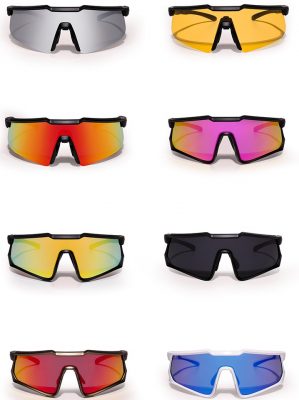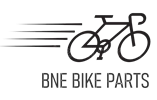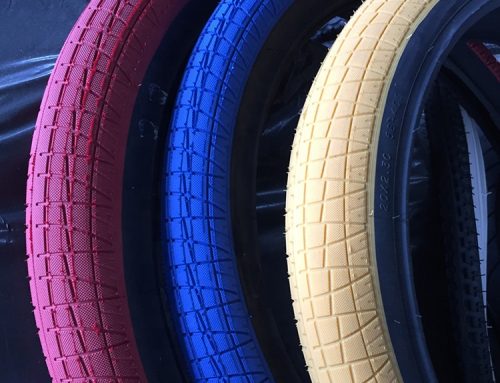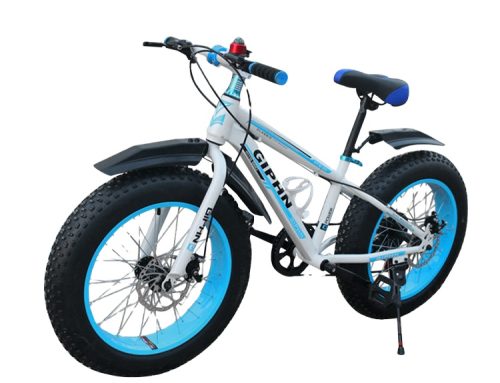Finding the optimal saddle height and position for comfort is crucial for a comfortable and efficient cycling experience. Here are some guidelines to help you determine the right saddle height and position:
Saddle Height:
- Leg Extension: The most important factor in determining saddle height is achieving proper leg extension. Sit on the saddle and place your heel on the pedal at its farthest point from you. Your leg should be almost fully extended, with a slight bend in the knee. When you move the ball of your foot onto the pedal, your knee should have a slight bend at the bottom of the pedal stroke.
- Knee Angle: Ideally, you knee should be aligned with the pedal axle when the crankarm is parallel to the ground. This minimizes strain on the knee joint and ensures efficient power transfer.
- Comfort: Adjust the saddle height according to your comfort level. If your hips rock side to side while pedaling, your saddle might be too high. If your knees feel too bent or you experience discomfort in the back of your knee, it might be too low.
Saddle Position:
- Fore and Aft Position: The saddle should be positioned so that your knee is aligned over the pedal axle when the crankarm is parallel to the ground. This ensures proper knee tracking and minimizes strain. Adjust the saddle forward or backward to achieve this alignment.
- Pelvic Support: The saddle should support your pelvic bones. Sit on the saddle and feel for the bony prominences on your pelvis. Adjust the saddle angle and position so that your weight is evenly distributed on these points.
- Comfort and Reach: The saddle’s horizontal position also affects your reach to the handlebars. A comfortable position allows you to reach the handlebars without overstretching or feeling cramped.
- Saddle Tilt: The saddle should generally be level to slightly nose-down. A level saddle prevents excessive pressure on sensitive areas and promotes comfortable weight distribution.
Remember that individual comfort can vary based on factors such as riding style, flexibility, and body proportions. It’s a good idea to make small adjustments and go for test rides to assess comfort and performance. If you’re unsure about making these adjustments yourself, consider getting a professional bike fit. A professional can analyze your body’s biomechanics and help you achieve the best possible setup for comfort and efficiency.





